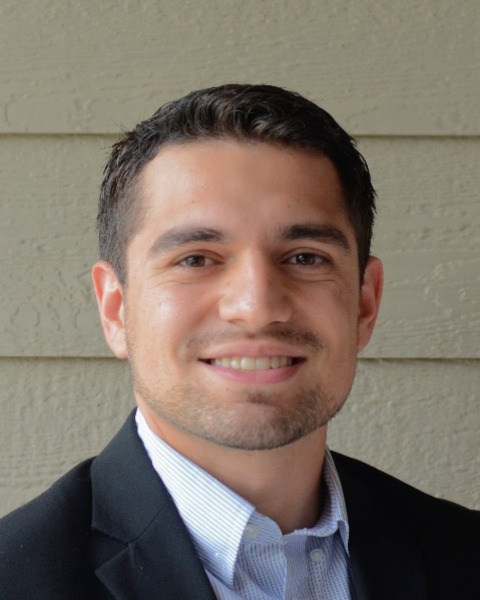PSM
21: High Volume Teams of Surgeons and Anesthesiologists are Associated with Lower Operating Room Cost of CRS-HIPEC

Yusuf Ciftci, BS
Medical Student
Johns Hopkins University School of Medicine
Baltimore, Maryland, United States
Yusuf Ciftci, BS
Medical Student
Johns Hopkins University School of Medicine
Baltimore, Maryland, United States
Yusuf Ciftci, BS
Medical Student
Johns Hopkins University School of Medicine
Baltimore, Maryland, United States
Shannon N. Radomski, MD (she/her/hers)
Resident Physician
Johns Hopkins University School of Medicine
Baltimore, Maryland, United States- VY
Victor Yang, BS
Medical Student
Johns Hopkins University School of Medicine, United States 
Fabian M. Johnston, MD, MHS
Associate Professor of Surgery
Division of Gastrointestinal Surgical Oncology, Johns Hopkins University School of Medicine, Baltimore, MD, United States
Baltimore, Maryland, United States- JG
Jonathan B. Greer, MD
Assistant Professor of Surgery
Johns Hopkins University School of Medicine, United States
Abstract Presenter(s)
Submitter(s)
Author(s)
Methods:
We performed a retrospective cohort study of patients undergoing CRS-HIPEC at a single quaternary center from 2016-2022. High volume anesthesiologists were those in the top quartile of CRS-HIPEC case volume (7 cases). High volume surgeons were those in the top quartile of CRS-HIPEC case volume (69 cases). Our study cohort was then divided into four cohorts based on anesthesiologist and surgeon volume: low anesthesiologist and surgeon (LALS), high anesthesiologist and low surgeon (HALS), low anesthesiologist and high surgeon (LAHS), and high anesthesiologist and surgeon (HAHS). The Kruskal-Wallis test was used to compare continuous variables and χ2 test to compare categorical variables. A multivariable linear regression was performed to determine the impact of anesthesiologist volume on cost after adjusting for case complexity.
Results:
Our final study cohort consisted of 196 patients. Median age was 57 years (IQR: 47-65); 110 (56%) patients were female; 141 (72%) were white; and 105 (54%) had private insurance. Age, sex, race, and primary tumor location did not differ between the cohorts. The HAHS cohort had the lowest median total ($81,323), operating room ($27,720), routine ([administrative, room and board], $28,245), and other ($8,234) costs. Additionally, the HAHS cohort had a shorter length of stay (9 days). ICU length of stay, overall and serious morbidity, and incidence of delayed extubation were similar across the cohorts. After adjusting for patient complexity and other covariates, the HAHS cohort had significantly lower operating room costs (Estimate -$6,203, 95% CI -$12,298 to -$108, p-value=0.046) compared to the LALS cohort (Table 1).
Conclusions:
Surgical teams with high-volume anesthesiologists and surgeons are associated with significantly lower operating room costs compared to teams with low anesthesiologist and surgeon volume in CRS-HIPEC. The surgeon-anesthesiologist dyad is an important driver of cost in CRS-HIPEC.
Learning Objectives:
- Upon completion, participants will be able to describe the impact of anesthesiologist and surgeon volume on cost of CRS-HIPEC.
- Upon completion, participants will be able to demonstrate an understanding of the fiscal impact of surgeon-anesthesiologist dyad on cost and outcomes after CRS-HIPEC.
- Upon completion, participants will be able to inform institutional education policies for anesthesiologist and surgeon training to lower cost of CRS-HIPEC.
